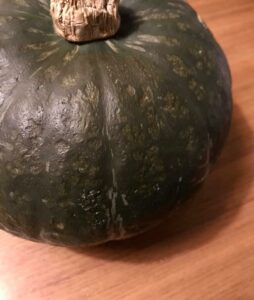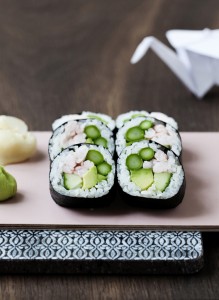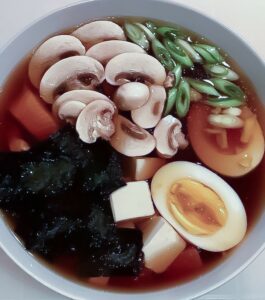
Japanese children are being bottled up with fish. It’s quite literal.
In Denmark, Danish children learn to eat moss and oatmeal at an early age. Healthy and nutritious food. Most people eat oatmeal to some extent for the rest of their lives.
In Japan, children also learn to eat a kind of porridge. The Japanese porridge differs in that fish is added. No, it is not fish pieces that are immediately the first thought. The porridge is supplemented with fish stock, a fish stock that both tastes and smells of fish. In this way, the children learn to eat fish quietly.
When the Japanese children are a little older, it will often be salmon that they prefer. The older they get and their taste buds develop, the more fish they learn to eat with great pleasure.
Read more about Sushi course for beginners
_
Zoë has lectured and held sushi courses for A. P. Moller – Maersk, Hugo Boss Nordic, Novo Nordisk, Novartis, Velux, Gorrissen Federspiel, Beierholm revision, Elbek & Vejrup and many more.








